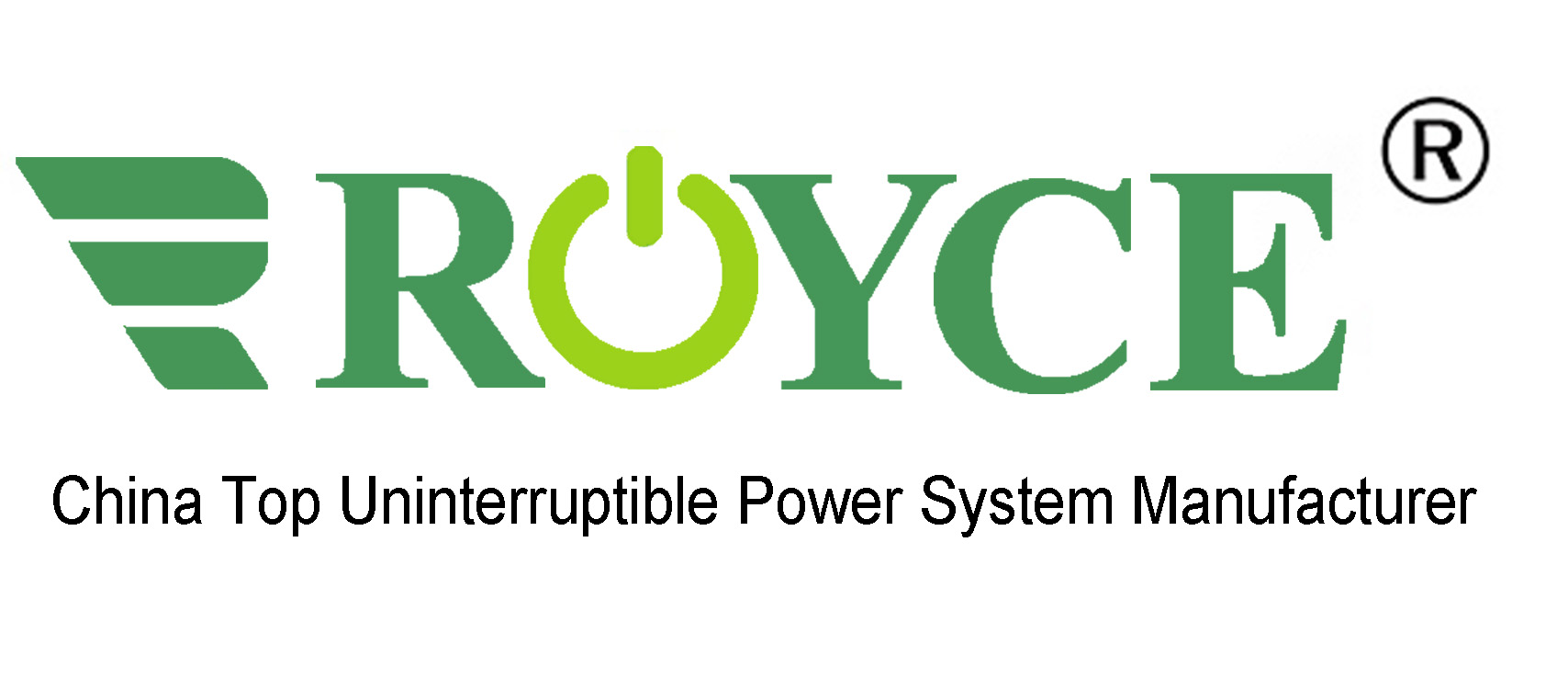Understanding Power Load Shedding and Blackout: Impact and Mitigation Strategies


Introduction
Power supply disruptions, such as load shedding and blackouts, have become prevalent issues in modern-day electricity grids. These events pose significant challenges to industries, businesses, and households alike. In this article, we delve into the meaning and causes of power load shedding and blackouts, their impact on various sectors, and explore strategies to mitigate their effects.
- Power Load Shedding: Power load shedding is a controlled and deliberate reduction of electricity supply to manage excessive demand on the power grid. During peak periods or when demand exceeds available supply capacity, utility companies selectively cut power to designated areas or consumers. This measure is taken to prevent grid overloading, maintain grid stability, and avoid widespread blackouts.
- Blackout: A blackout, on the other hand, refers to an unplanned and total loss of power supply across an entire area or region. Blackouts can result from various factors, including equipment failures, extreme weather events, natural disasters, or cyberattacks on power infrastructure.
- Impact on Industries and Businesses: Power disruptions, whether through load shedding or blackouts, have severe consequences for industries and businesses. Interrupted operations lead to decreased productivity, increased downtime, loss of revenue, and potential damage to sensitive equipment and data. Industries reliant on continuous power supply, such as manufacturing, healthcare, and data centers, are particularly vulnerable to the impacts of power disruptions.
- Impact on Households: For households, load shedding and blackouts disrupt daily life, affecting essential services such as heating, cooling, lighting, and communication. Extended power outages can jeopardize food preservation and pose safety risks, especially for vulnerable populations.
- Strategies for Mitigation: To mitigate the impact of load shedding and blackouts, several strategies can be employed:a. Invest in Uninterruptible Power Supply (UPS) Systems: Installing UPS systems provides backup power to critical equipment and ensures uninterrupted operation during power interruptions.
b. Implement Load Management Systems: Load management systems can optimize power consumption by scheduling non-essential tasks during off-peak hours, reducing strain on the grid.
c. Diversify Power Sources: Utilizing a mix of power sources, including renewables, helps reduce dependency on a single energy supply and enhances grid resilience.
d. Improve Grid Infrastructure: Strengthening power grid infrastructure through upgrades and modernization enhances grid reliability and reduces the likelihood of blackouts.
Conclusion
Power load shedding and blackouts are complex issues that demand proactive solutions. Understanding the differences between the two events and their implications is essential for individuals, businesses, and governments to implement effective strategies for mitigating the impact of power disruptions. By investing in resilient infrastructure, adopting load management measures, and exploring alternative power sources, stakeholders can collectively work towards building a more stable and sustainable power supply for the future.




